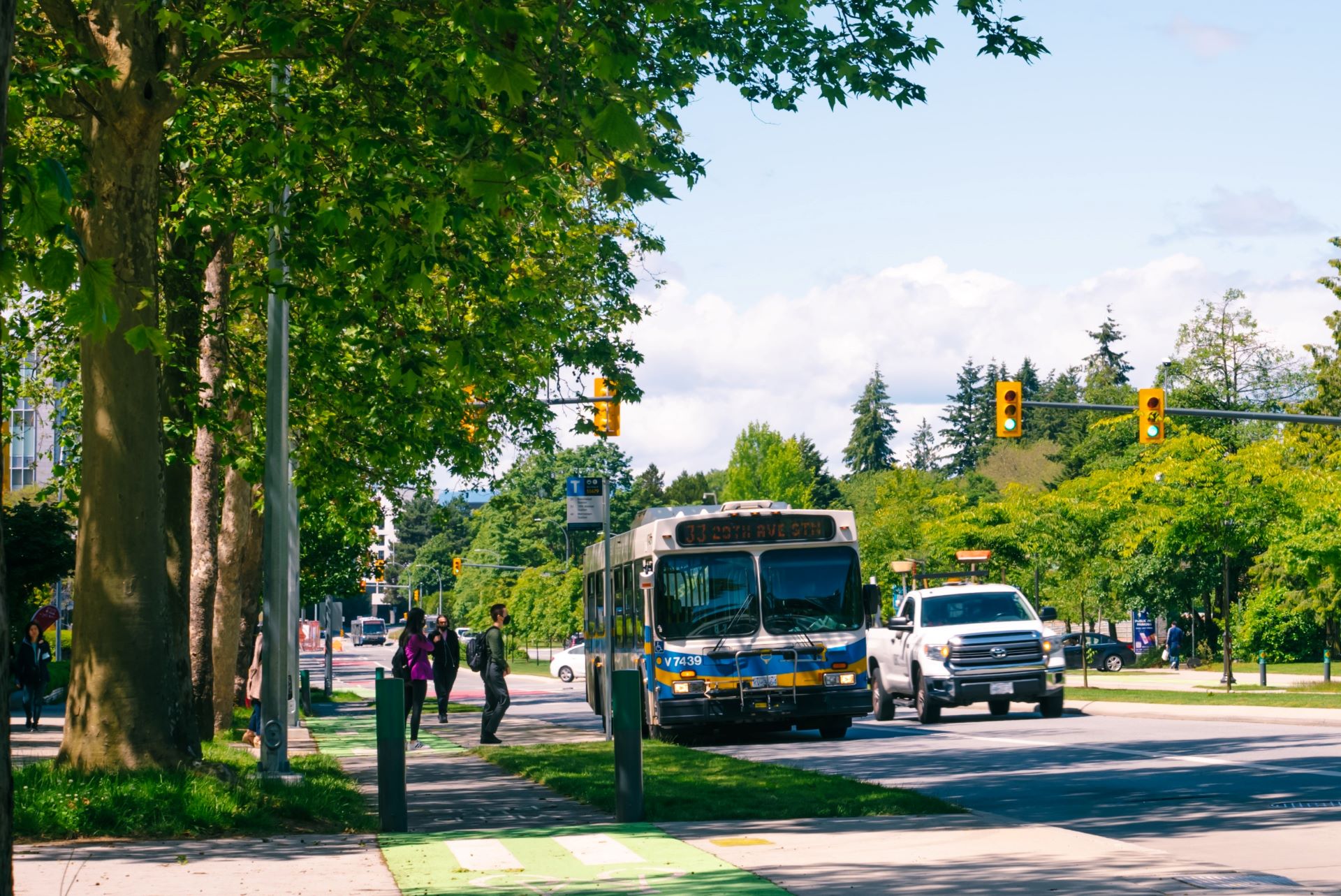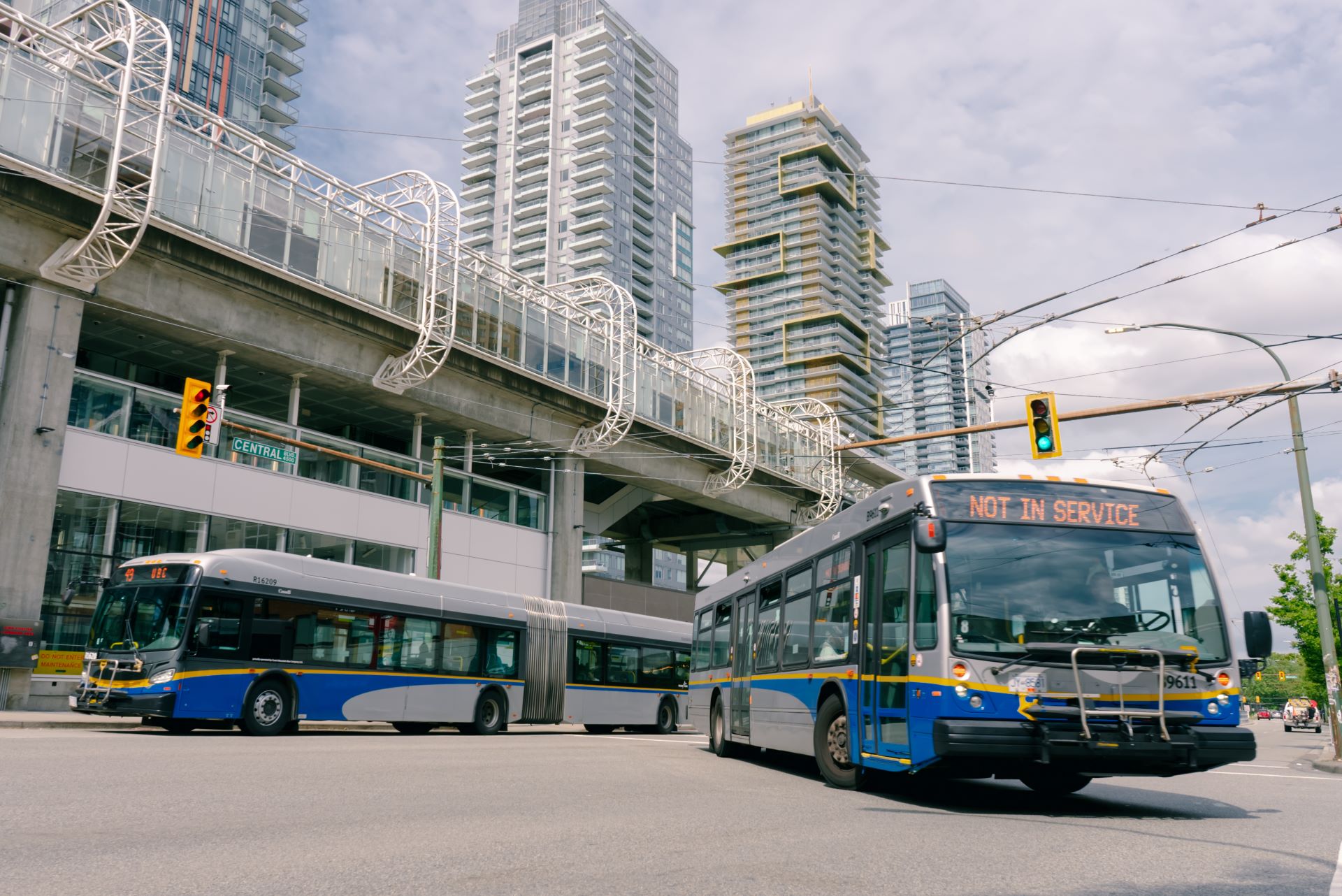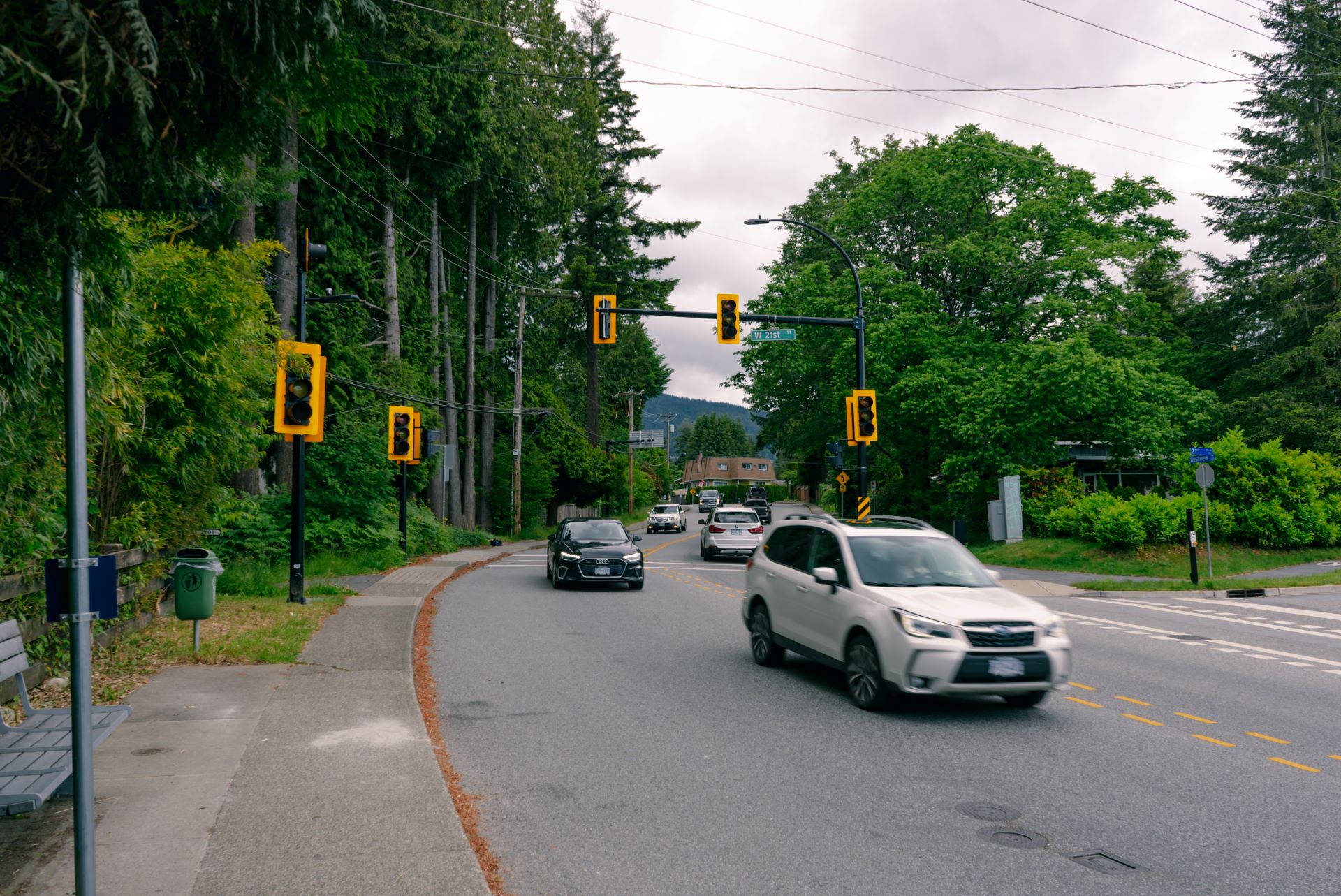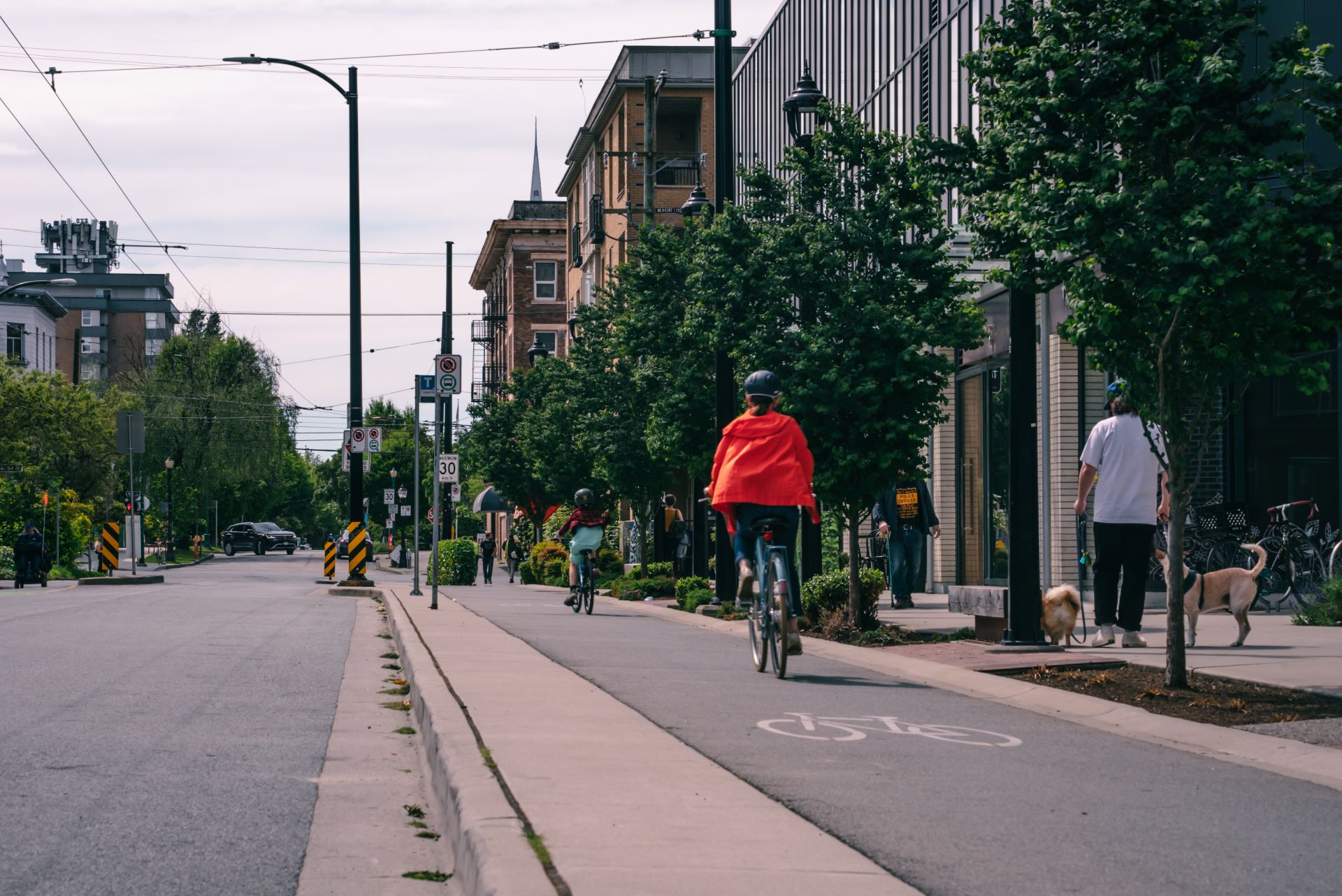Did you know TransLink is more than just transit?
Did you know TransLink is more than just transit?
When you hear TransLink, you likely think of our buses, SkyTrain, SeaBus and the West Coast Express. So, you may be surprised to learn we fund all kinds of transportation infrastructure, not just transit.
For example, we are providing $130 million in funding for 107 projects across the region in 2022. Here’s where it’s going:
-
- 11 kilometers of new or upgraded walking paths;
- 39 kilometers of new or upgraded cycle paths;
- 31 kilometers of new or upgraded multi-use paths;
- 11 kilometers of new or upgraded roads and infrastructure;
- 36 kilometers of new or enhanced bus lanes
- 2 corridors for bus stop balancing
- 14 queue jumps/transit approaches/transit priority intersection improvements
As you can see, the projects run the gamut.
They range from roads to new walking and cycling paths along with the operations, maintenance and rehabilitation of Major Road Network (MRN) — a grid of regionally significant, major arterial roads that facilitate commuter, transit, and truck traffic.
The projects are part of our Municipal Funding Program where we contribute 50 – 100 per cent of eligible capital costs for infrastructure upgrades that will improve mobility options for drivers, cyclists, and pedestrians.
As Metro Vancouver’s transportation authority, it is our mission to connect the region and enhance its livability by providing a sustainable transportation network.
Since 2017, we have invested over $440 million to fund over 550 projects worth of roads, bike lanes, sidewalks, bridges and overpasses. You’ve likely experienced some of these projects:
Metrotown Bus Loop Transit Signal Priority
Burnaby implemented detection and signal priority technology to allow transit buses to make a protected, eastbound left-turn into the bus loop at Metrotown Station.
Pedestrian Crossing Safety Improvements in North Vancouver
The City of North Vancouver constructed a new full traffic signal at the Westview Dr. and West 21st St intersection. Four other intersections were upgraded with new street lights and special flashing lights.
No. 6 Road Multi-use Path
Richmond constructed an off-street, paved, multi-use pathway on the west side of No. 6 Road, between Cambie Road and Bridgeport Road. Previously, no cycling or pedestrian facilities existed.
10th Avenue Corridor Improvements
10th Avenue has been a busy bike route for over 10 years and is one of the most direct east-west connectors in Vancouver’s cycling network. Vancouver improved the route for people of all ages-and-abilities to walk or cycle along priority segments between: Main and Guelph St, Commercial and Victoria Drive, and Oak and Cambie Street.
Wesbrook Mall Improvements
UBC redesigned Wesbrook Mall to accommodate all modes of transportation and built a complete street with separated bike facilities from University Boulevard to the Wesbrook Mall intersection, south to the Agronomy Road intersection.

In addition to improving, expanding, and building new infrastructure, investing in maintaining the existing is also a key pillar of ours.
Since 2017, we have committed more than $280 million dollars in funding towards the operations, maintenance and rehabilitation of over 2,600 lane-kilometres of the Major Road Network (MRN) across Metro Vancouver.
This covers street cleaning and snow removal, maintaining streetlights, traffic signals and signs, patching potholes, and repaving along the entirety of the network.
? What is a lane-kilometre? Imagine there is a one-kilometre road that has two lanes in both directions for a total of four lanes. That is four lane-kilometres.
What is TransLink’s Municipal Funding Program?
Projects within the program are driven by the municipality involved and there are six main streams of funding available:
- Major Road Network and Bike (MRNB) funds road, cycling and sidewalk projects along the Major Road Network. It also funds bike and multi-use paths off the Major Road Network if they are regionally significant, high cycling potential, or within an Urban Centre or Frequent Transit Development Area.
- Walking Infrastructure to Transit (WITT) funds pedestrian projects that are within 800 metres of a rapid transit station, SeaBus terminal, B-Line bus stop, or West Coast Express station, or within 400 metres from the Frequent Transit Network or top-20 per cent of the local governments’ busiest bus stops.
- Bicycle Infrastructure Capital Cost Share (BICCS) funds bicycle or multi-use paths that support routes within an Urban Centre or Frequent Transit Development Area, or with regional significance or high cycling potential.
- Major Road Network Structure (MRN Structure) funds the assessment, rehabilitation, or reconstruction of aging structures (i.e. bridges and culverts) along the Major Road Network.
- Bus Speed Reliability (BSR) funds the study or upgrade to road infrastructure to increase bus speed and reliability. This includes upgrades like queue jumpers and bus bulbs.
- Operations, Maintenance, and Rehabilitation (OMR) funds the day-to-day upkeep of the Major Road Network, which may include street cleaning and snow removal, maintaining streetlights, traffic signals and signs, patching potholes, and repaving roads.
Now you know how TransLink is more than just transit and how we have a breadth of funding available through our Municipal Funding Program help improve transportation infrastructure in your community! To learn more, please visit translink.ca.









